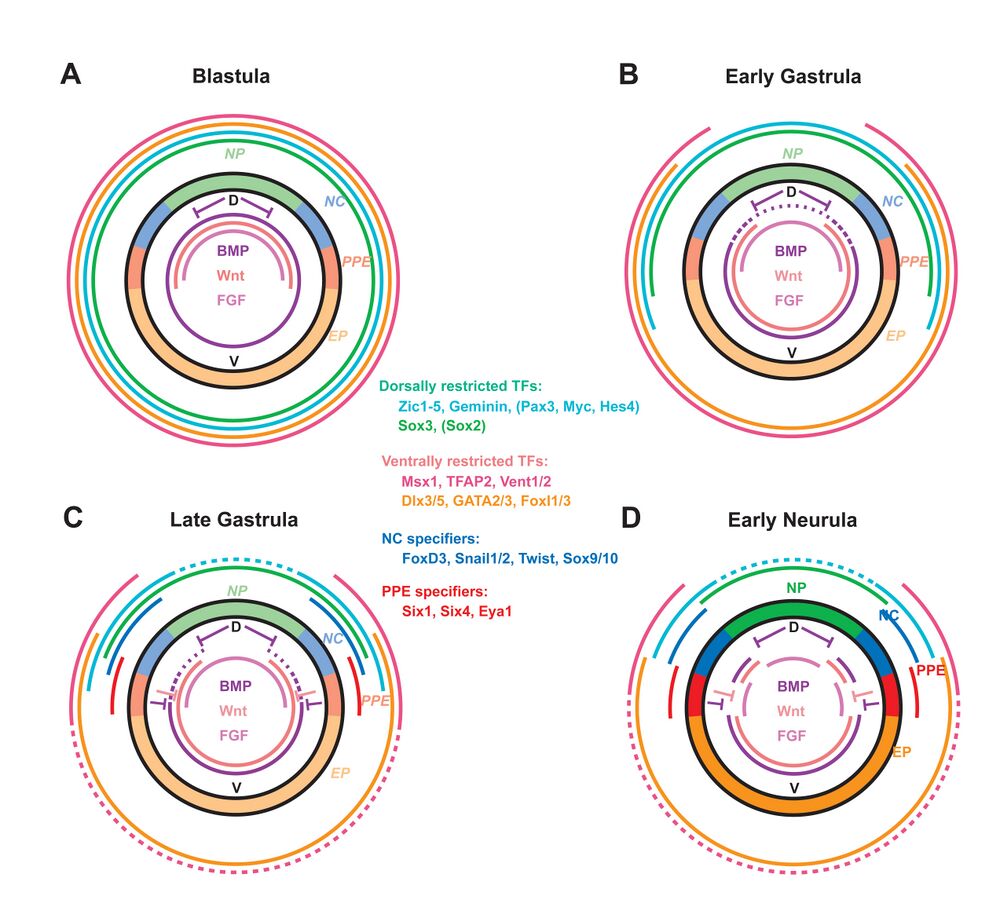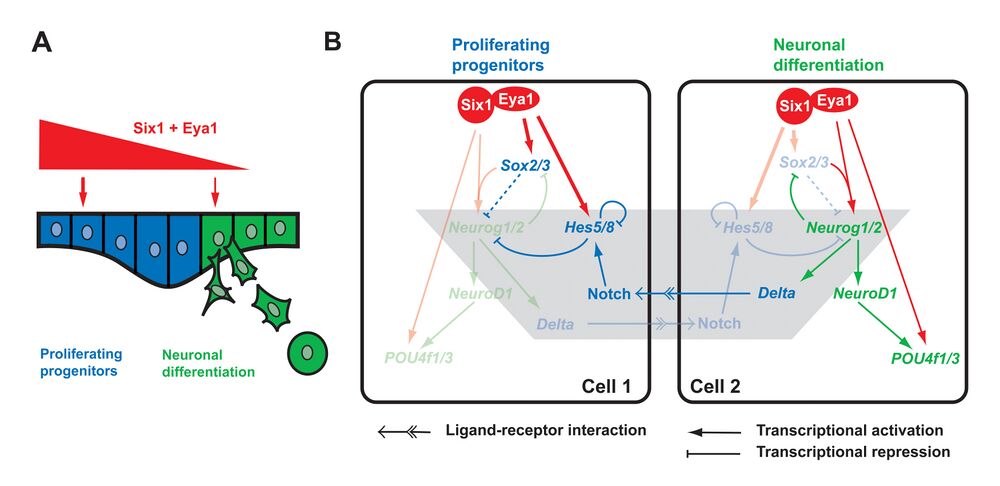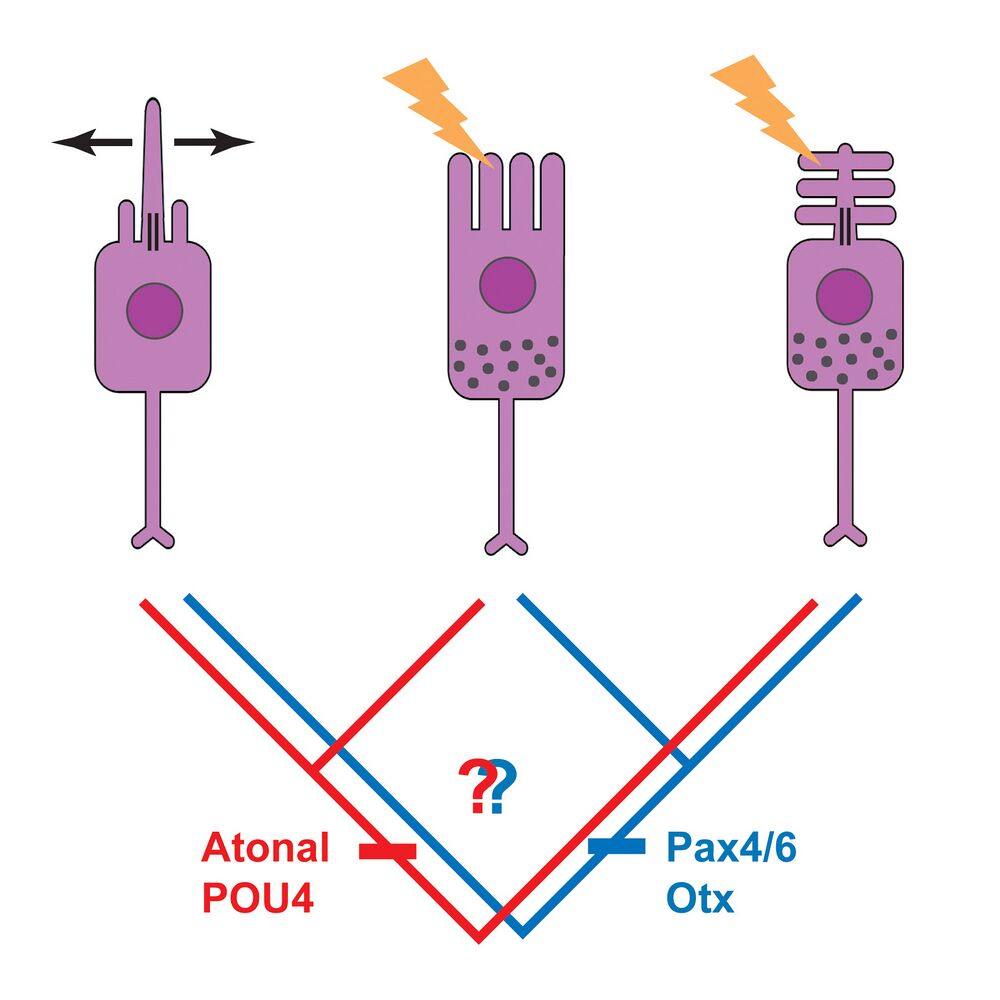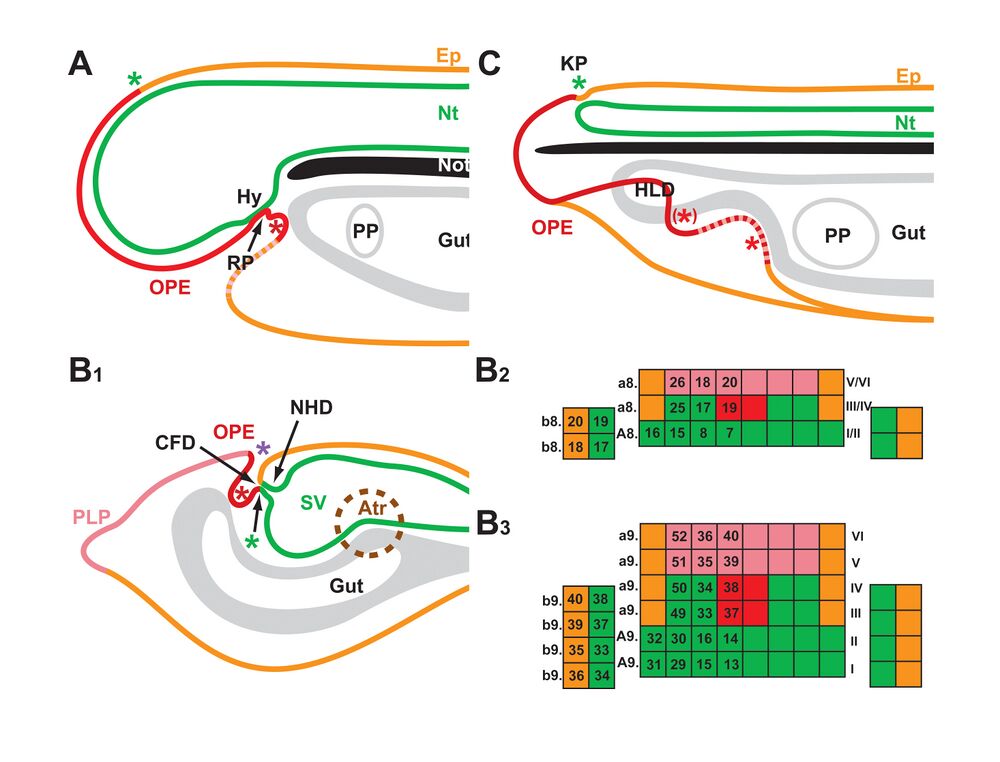Vertebrate Cranial Placodes
Volume 1: Development of Sensory and Neurosecretory Cell Types
Volume 2: Evolutionary Origins of Sensory and Neurosecretory Cell Types
By Gerhard Schlosser
ISBN 9780367748531
Published July 6, 2021 by CRC Press
596 Pages, 42 Color & 84 B/W Illustrations
Click here to view a Google search for these volumes.
Click here to view an anatomy atlas page on Xenopus cranial placode development.
Summary
Most of the cranial sense organs of vertebrates arise from embryonic structures known as cranial placodes. These placodes give rise to sensory cells, sensory neurons and neurosecretory cells, which are reviewed extensively in these two new books by Gerhard Schlosser.
The first book focuses on the development of sensory and neurosecretory cell types from cranial placodes by introducing the vertebrate head with its sense organs and neurosecretory organs and providing an overview of the various cranial placodes and their derivatives. The book discusses how these primordia are established in the early embryo, how individual placodes develop, and how various placodally derived sensory and neurosecretory cell types differentiate. The differentiation of photoreceptors, which are not derived from placodes, is also reviewed.
The second book reviews the evolutionary origin of these sensory and neurosecretory cell types. It first summarizes our current understanding of vertebrate evolution and clarifies conceptual issues relating to homology and evolutionary innovation of cell types. It then compares the sensory and neurosecretory cell types with similar cell types in other animals and traces the common evolutionary origins of mechano-, chemo- and photoreceptors. Finally, it addresses the question of how cranial placodes evolved as novel structures in vertebrates by redeploying pre-existing and sometimes evolutionarily ancient cell types.
About the Author
Gerhard Schlosser is Lecturer Above The Bar in the Department of Zoology at the National University of Ireland in Galway. He has received two PhD's - the first in Philosphy from the Albert-ludwigs-Universität Freiberg and the second in Biology from the university of Bremen. After two postdocs - one at university of Bremen and another at the university of California in San Diego - he joined the faculty at the National University of Ireland. He the author or co-author of dozens of peer reviewed journal articles.
Figures

Figure 1: Cranial placodes and their derivative cell types.

Figure 2: Segregation of transcription factors specifying ectodermal territories during Xenopus development.

Figure 3: Cranial placode development in Xenopus.

Figure 4: Role of Six1/Eya1 in progenitor maintenance and sensory/neuronal differentiation in cranial placodes.

Figure 5: Conflicting scenarios for the evolution of mecchanoreceptors (left), rhabdomeric photoreceptors (middle) and ciliary photoreceptors (right).

Figure 6: Homology of ectodermal territories between vertebrates (A), tunicates (B) and amphioxus (C).
Image credits: Gerhard Schlosser
Last Updated: 2022-07-20